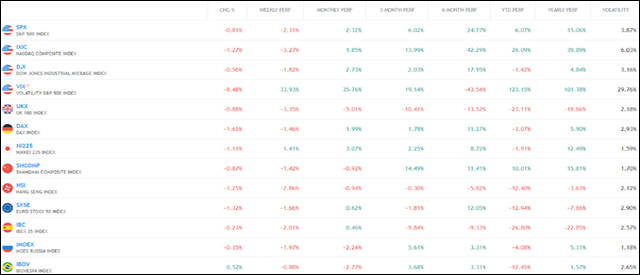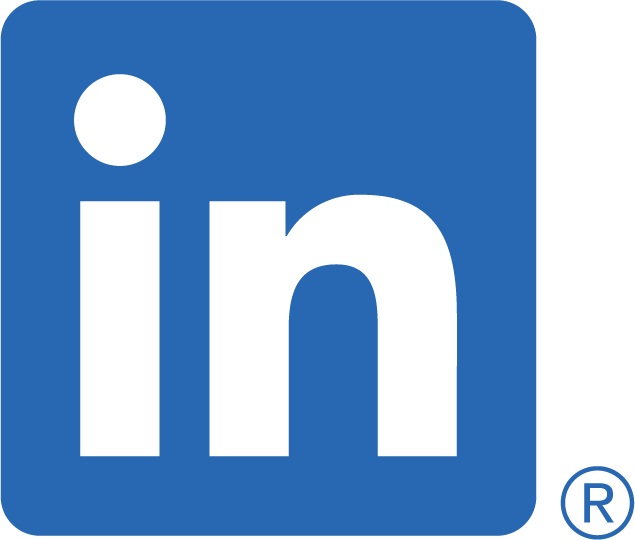The moment we all have been waiting for has finally come – the U.S. market began its correction, with tech-heavy Nasdaq registering its biggest one-day selloff since June. S&P 500 Index lost 2,31%, Nasdaq fell 3,27%, DJI decreased 1,82%, whereas volatility surged 33,93%. Yet the options boom means that the US stock market remains vulnerable to further bursts of volatility.
The correction could have been caused by the Fed’s new inflation and employment objectives. By keeping inflation at a 2% target, the Fed is trying to say it would not necessarily tighten monetary policy in case unemployment data fell.
Howbeit, it is also important to understand that the tech sector is clearly overheated. There are many who want to take profits. Even more – those who want to enter the papers or assets cheaper than now. Thus, volatility is going to persist. In this context, it is important not to get emotional and keep a cool head.
Meanwhile, the US is introducing bans on the use of Huawei telecoms equipment and prohibit the WeChat and TikTok apps from Americans later this month. In addition, non-manufacturing ISM data fell because of sanitary measures. It is also important to mention that Republicans and Democrats still can’t reach an agreement.
Talking about the second-quarter results, more S&P 500 companies have issued positive EPS guidance for Q3 2020 than average. Of 65 companies, 21 have issued negative EPS guidance and 44 have issued positive EPS guidance. On a per-share basis, estimated earnings for the third quarter have increased by 2.6% since June 30.


Macroeconomic Data & Events
September 7: China trade (Aug), Germany industrial output (Jul), UK Halifax house price index (Aug), Japan GDP (Final, Q2).
September 8: Australia business confidence (Aug), Germany trade (Jul), France trade balance (Jul), Italy retail sales (Jul), Euro area GDP, employment change (3rd Est, Q2), and South Korea unemployment rate (Aug).
September 9: Australia consumer confidence (Sep), China inflation (Aug), Brazil inflation (Aug), Russia GDP (Final, Q2), US job openings (Jul).
September 10: France and Italy industrial output (Jul), ECB monetary policy decision, Brazil retail sales (Jul), US jobless claims.
September 11: Germany and Spain inflation (Final, Aug), UK trade balance, India industrial production (Jul), US inflation(Aug), China new yuan loans, and M2 (Aug).









